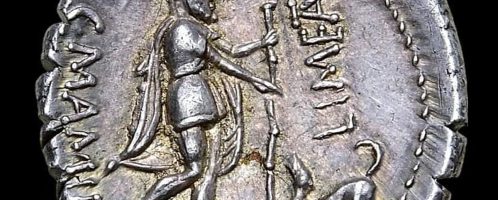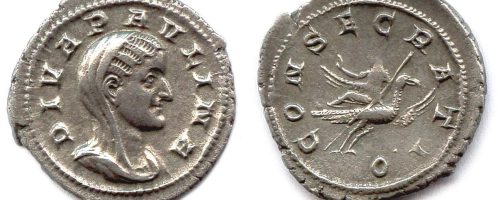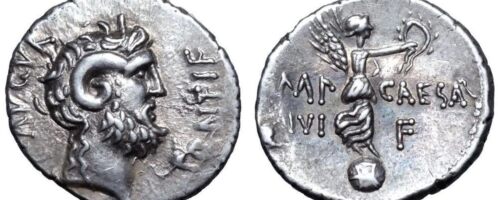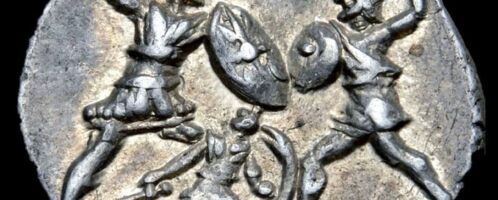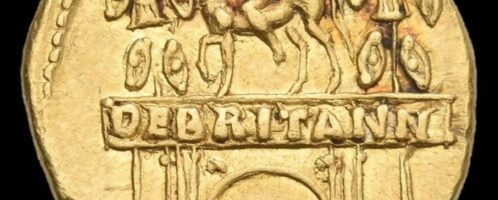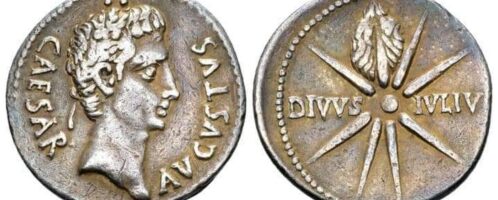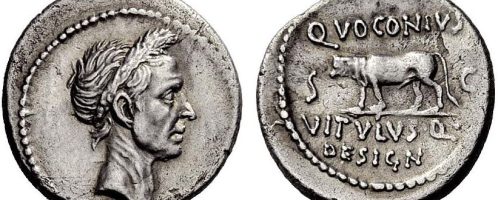Silver coin of Volusianus
The silvered antoninianus of Emperor Volusianus from 251 CE. Volusianus (Gaius Vibius Afinius Gallus Veldumnianus Volusianus) was the son of Emperor Trebonian Gala, with whom he co-ruled the Roman state in the years 251-253 CE.



